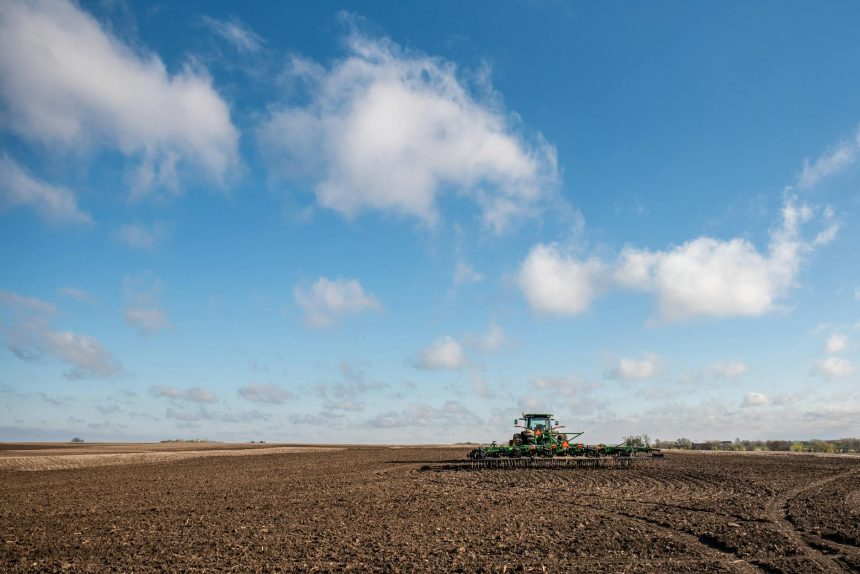crop-insurance
Crop Insurance: Protect Your Harvest & Profit in 2025
The agricultural landscape is constantly evolving, presenting both opportunities and significant challenges for farmers. From unpredictable weather patterns to fluctuating market prices, safeguarding your farm’s future requires proactive planning. This is precisely where effective Crop Insurance becomes indispensable, acting as a vital shield against financial setbacks. Are you ready to fortify your operations for 2025 and beyond?
Understanding Agricultural Risk Management with Crop Insurance
For generations, farmers have faced inherent risks tied to nature and markets. Modern agricultural practices, however, offer sophisticated tools to mitigate these uncertainties. Among the most critical is a robust federal crop insurance program, designed to provide a safety net when the unexpected occurs.
Essentially, crop insurance helps stabilize farm income by protecting against losses due to natural perils like drought, floods, hail, or disease. Furthermore, it can safeguard against declines in market prices, ensuring your revenue targets are met even when commodity values dip. This comprehensive approach to agricultural risk management is crucial for long-term farm resilience.
Why Farmers Need Robust Financial Protection
Operating a farm involves substantial investment and inherent risk. Without adequate protection, a single adverse event can jeopardize years of hard work and financial stability. Therefore, understanding the various threats is the first step towards securing your agricultural future.
- Unpredictable Weather: Extreme temperatures, excessive rain, or prolonged drought can devastate yields.
- Market Volatility: Sudden shifts in commodity prices can severely impact revenue, even with a successful harvest.
- Pest and Disease Outbreaks: Localized or widespread outbreaks can lead to significant crop damage and losses.
Exploring Key Crop Insurance Policy Options for 2025
The landscape of crop insurance offers a variety of policy types tailored to different farming operations and risk profiles. Understanding these options is key to selecting the best coverage for your specific needs. Farmers can choose from policies that protect against yield losses, revenue losses, or a combination of both.
Two primary categories dominate the market: Yield Protection (YP) and Revenue Protection (RP). YP policies cover a loss in yield due to covered perils, while RP policies protect against a loss of revenue caused by either a yield reduction or a price decline, or both. It’s crucial to assess your farm’s unique exposures before making a decision.
Benefits of Tailored Federal Crop Insurance
Choosing the right federal crop insurance policy provides numerous advantages beyond simply covering losses. It empowers farmers with peace of mind and the financial backing to continue their operations, even after a challenging year. Consider these significant benefits:
- Enhanced Financial Stability: Guarantees a minimum level of income, preventing catastrophic losses and aiding cash flow.
- Business Continuity: Allows farmers to recover from setbacks and reinvest in future crops, ensuring long-term sustainability.
- Access to Credit: Lenders often view insured farms as less risky, potentially improving access to loans and better terms.
- Risk Mitigation Strategies: Provides a foundation for broader risk management, allowing farmers to focus on production efficiencies.
Maximizing Your Farm’s Protection with Smart Crop Insurance Choices
Effective utilization of crop insurance involves more than just purchasing a policy; it requires strategic planning and an understanding of policy nuances. Consulting with experts and staying informed about program updates are vital steps in optimizing your coverage.
Farmers should regularly review their policy options and coverage levels. This ensures they align with current market conditions, expected yields, and evolving farm practices. The goal is to create a robust safety net that adapts to the dynamic nature of agriculture.
Expert Tips for Navigating Agricultural Insurance
To truly maximize the value of your agricultural insurance, consider these expert recommendations:
- Understand Your Actual Production History (APH): Accurate records are fundamental to establishing appropriate coverage levels.
- Review Coverage Options Annually: Market prices, input costs, and weather patterns change, so your policy should too.
- Consult an Approved Insurance Agent: These professionals can help you understand complex policy details and eligibility requirements.
- Stay Informed on USDA Programs: The USDA Risk Management Agency (RMA) frequently updates programs and offerings.
Common Misconceptions About Farm Insurance Policies
Despite its importance, several myths surround farm insurance. Some believe it’s too expensive, or only for large operations. However, various subsidized programs make it accessible to farms of all sizes. Others might think it only covers natural disasters, overlooking revenue protection aspects. Clarifying these points can help more farmers benefit.
Another misconception is that it’s a “set it and forget it” product. In reality, active management and annual reviews are crucial for optimal protection. Understanding the specifics of your policy, including reporting deadlines and claim procedures, is paramount.
Looking Ahead: The Future of Crop Insurance and Farm Resilience
As climate change continues to impact weather patterns and global markets remain interconnected, the role of crop insurance will only grow in significance. Innovations in data analytics, satellite imagery, and predictive modeling are constantly refining how risks are assessed and managed, leading to more tailored and efficient policies.
Farmers who embrace these tools and actively engage with their insurance providers will be better positioned to navigate future uncertainties. Building farm resilience isn’t just about good agricultural practices; it’s also about smart financial planning and leveraging every available resource for protection. For further insights into agricultural economics and risk management, consider exploring resources from reputable academic institutions like the University of Nebraska-Lincoln’s Department of Agricultural Economics.
As we look to 2025 and beyond, the strategic importance of Crop Insurance for farm resilience and profitability cannot be overstated. By understanding your options, staying informed, and proactively managing your policies, you empower your farm to weather any storm. Don’t leave your harvest to chance; explore your specific policy options and connect with an agricultural insurance expert today to secure your future.
Discover how robust Crop Insurance strategies can safeguard your farm’s future in 2025. Learn to navigate policy options, mitigate risks from weather and market shifts, and ensure financial stability for your agricultural operations.
farmer inspecting crops, healthy crops in hands, farm field sunset, agricultural insurance concept, farmer with tablet in field, crop protection, farm resilience
Featured image provided by Pexels — photo by Rachel Meiergerd










